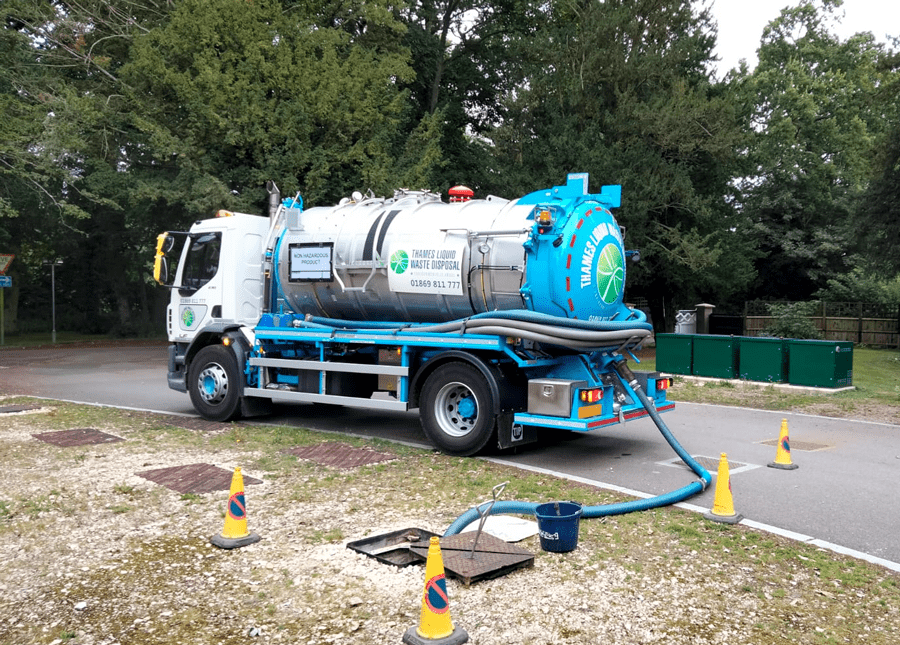The Best Guide To Reclaim Waste
The Best Guide To Reclaim Waste
Blog Article
7 Simple Techniques For Reclaim Waste
Table of ContentsAll About Reclaim WasteThe Ultimate Guide To Reclaim WasteThe Definitive Guide to Reclaim WasteRumored Buzz on Reclaim WasteThe Single Strategy To Use For Reclaim Waste
Domestic sewer waste refers to the waste and items from a residential septic container. The appropriate monitoring and disposal of residential sewage waste call for liquid waste to be transferred to a sewer treatment plant where the proper methods and equipment are applied to detoxify and dispose of waste.
Industrial waste usually consists of possible threats, such as combustible materials or a combination of liquid and solid waste items, and requires a more innovative and comprehensive disposal process. The disposal of commercial waste normally includes the purification of waste prior to transportation to make sure safe and appropriate disposal. Hazardous waste is developed from byproducts and drainage of industrial procedures and production.
This kind of waste can not use the same sewage monitoring transport or processes as septic or business liquids. The commercial waste monitoring procedure calls for the evaluation and screening of fluid waste before it undergoes the disposal procedure (liquid waste disposal melbourne). Drainage waste is the fluid waste that originates from drainage and excess stormwater in very booming locations or cities
Drainage waste can create contamination and flooding otherwise managed properly. Learn more about sewer cleaning and waste monitoring. Making sure appropriate waste administration can avoid disasters and reduce ecological injury. Both people in property settings and professionals in business or manufacturing industries can take advantage of recognizing the procedures and guidelines of liquid waste management.
Our Reclaim Waste Ideas
Contact PROS Solutions today to find out about our waste monitoring and disposal services and the correct ways to take care of the fluid waste you produce.
(https://www.blogtalkradio.com/reclaimwaste1)This supposed 'wastewater' is not only an important source however, after therapy, will be launched to our land, waterways or the sea. Used water from commodes, showers, baths, cooking area sinks, laundries and industrial processes is known as wastewater.

water utilized to cool down machinery or clean plant and tools). Stormwater, a type of wastewater, is drainage that flows from farming and city areas such as roof coverings, parks, gardens, roads, courses and gutters into stormwater drains pipes, after rainfall. Stormwater moves without treatment straight to local creeks or rivers, ultimately reaching the sea.
Unknown Facts About Reclaim Waste
In Queensland, a lot of wastewater is dealt with at sewer therapy plants. Wastewater is carried from domestic or industrial sites through a system of drains and pump stations, known as sewage reticulation, to a sewage therapy plant. City governments build, keep and operate most sewage therapy plants. Operators are accredited under the Environmental Protection Act 1994 to release cured wastewater at an appropriate ecological requirement into waterways.
The Department of Natural Resources recommends city governments concerning handling, operating and preserving sewerage systems and therapy plants. In unsewered areas, neighborhood governments may need owners to set up private or house sewage therapy systems to treat residential wastewater from commodes, cooking areas, restrooms and laundries. The Department of Natural Resources authorises using household systems when they are confirmed to be efficient.
In some brand-new neighborhoods, treatment of some stormwater to eliminate trash, sand and crushed rock has started using gross contaminant catches. Wastewater treatment takes place in four phases: Removes solid issue.
Makes use of tiny living microorganisms understands as micro-organisms to break down and eliminate continuing to be dissolved wastes and great bits. Micro-organisms and wastes are integrated in the sludge.
Excitement About Reclaim Waste
Nutrient removal is not available at all sewage treatment plants because it requires pricey specialised devices. It is coming to be extra usual in Queensland. Clear liquid effluent created after therapy might still contain disease-causing micro-organisms. If this effluent is released into rivers such learn this here now as rivers or the sea, the micro-organisms will at some point die out.

This usually means wastewater needs to be dealt with or pollutants eliminated before it can be released to waterways. Most wastewater moves into the sewerage system. Under the Act, neighborhood governments administer authorizations and licences for eco appropriate activities (Periods) including wastewater releases that could have a regional impact. The division administers authorizations and licences to Periods including wastewater releases that may have a regional or statewide effect.
The Ultimate Guide To Reclaim Waste
Tracking provides valid info regarding water quality and can validate that permit problems are being met. The info acquired through monitoring gives the basis for making water quality choices.
Report this page